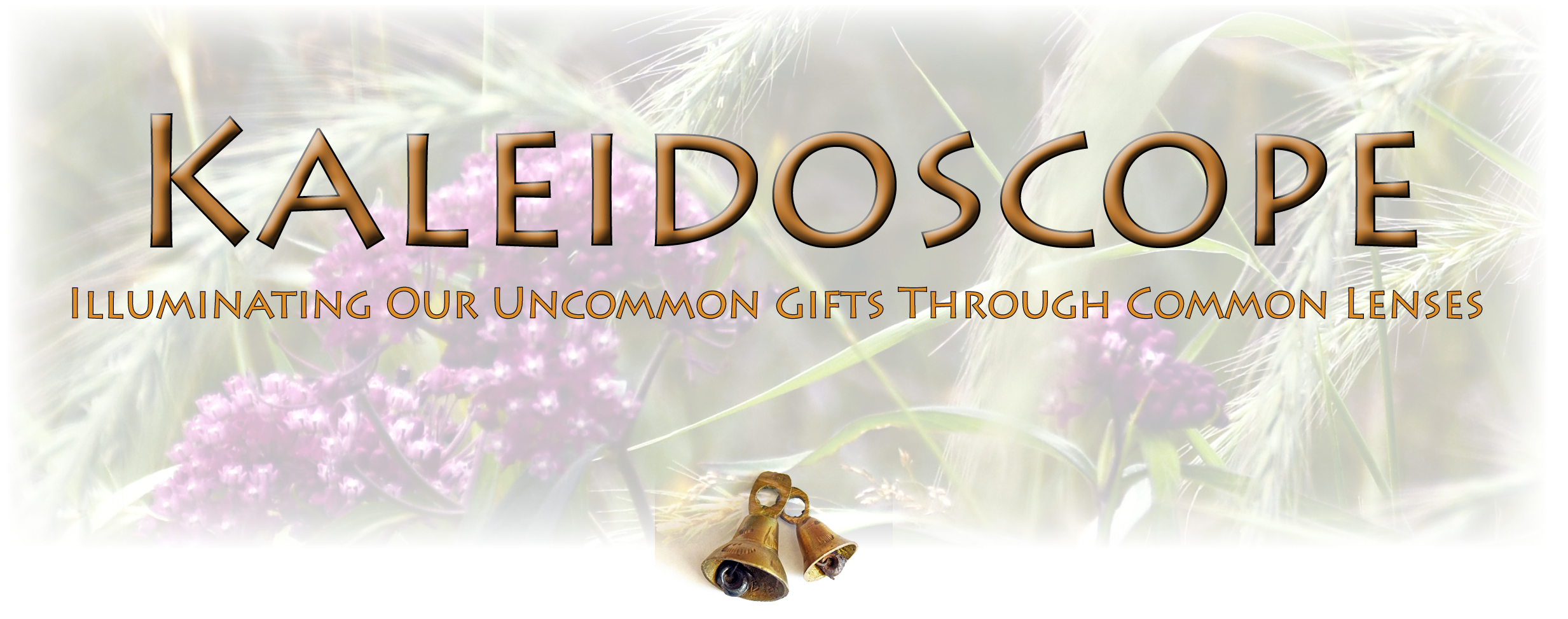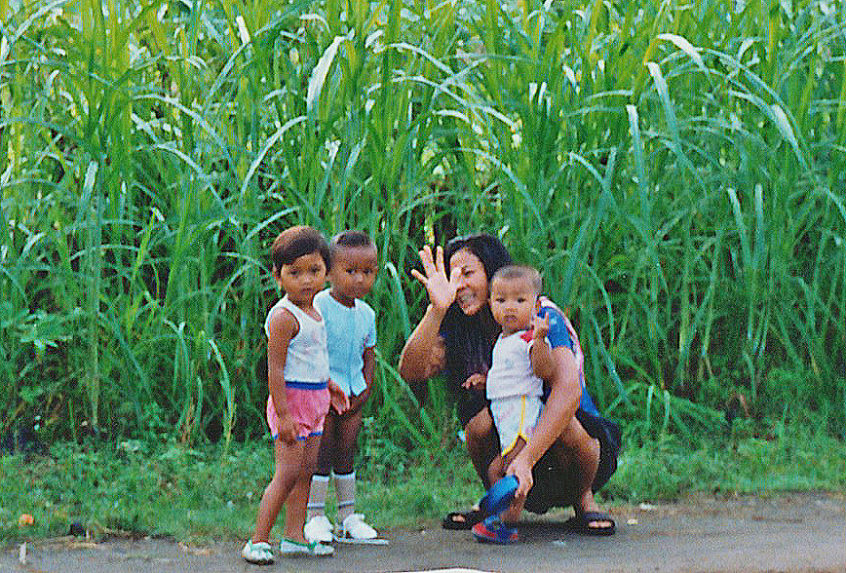Story, as it turns out, was crucial to our evolution — more so than opposable thumbs.
Opposable thumbs let us hang on; story told us what to hang on to. ~ Lisa Cron, Wired for Story
.
I’m writing my story so that others might see fragments of themselves.”
~ Lena Waithe, screenwriter for Bones and Master of None
.
.
Stories are an ancient and enduring way that humans communicate with each other in every society on earth. The form, content, and purpose may vary vastly but the act of storytelling is universal. In fact, it so permeates our lives that we often don’t even notice we are telling and listening to each other’s stories.
.
At its worst, storytelling can be manipulative and coercive. Generally, such stories are told for personal, financial, or political gain. The intent, whether the story is true or false, is to get people to do something related to the storyteller’s point of view. I hadn’t really thought much about this kind of story until the other evening when I was musing about writing this email. As I mused, I watched a recent Frontline program entitled the United States of Conspiracy. As I watched, I realized that when I have thought of storytelling I have thought about the positive value and goodness of it. The Light. Yet, through this program, I was reminded that the shadow side, the Dark, may appear to be as – or more – powerful in the moment. But it never is in the end. This sort of story can serve to unite certain segments of society. Yet, in the big picture, such ‘unity’ is always against some other segments of society. In other words, such stories ultimately divide us. So, let’s move on to the Light.
.
At its best, storytelling is one way we awaken new insights and gather our individual and collective wisdom. Beneath our unique and personal experiences live common personal and universal truths. These stories connect us with ourselves and with each other. They unify us. Why is that? Yes, it’s true that they are a primary way in which we communicate and connect with each other. But there’s more.
.
Stories put the whole brain to work. Stories engage more than the language processing parts of our brains. One of the key reasons why I love hearing and telling stories is because I notice that my consciousness shifts. I come into the present even when I am writing or speaking about the past. And I notice a fullness within myself – a presence.
.
When we hear or read someone else’s story, we relate it to our own experience. I recently received a note from a friend who read a story I wrote about taking my son to the ER because he had a rock up his nose. She wrote, “Suffering and the rock in his nose – too funny – as it happens I once did the same thing after having sniffed a mini lemon that I had picked off a tree in the south of France – I just thought it smelled so good! Your stories make memories come back to life.”
.
Storytelling engages our five senses. I wrote a story about a meal I was served on a train in India. In response, I got a note that just said, “Makes me hungry!”
.
Learning is effortless when we listen to or read a story. Some of my earliest childhood memories are of listening to stories that I still remember to this day. Informal stories – teaching stories and family history stories – were told over and over, for example, by my grandmothers. Formal stories came from books like Curious George and Make Way for Ducklings.
.
Evolution has wired our brains for storytelling. Valerie Khoo opens her article, “Why Is Storytelling So Powerful?” this way: “As humans, we’re simply hardwired to share stories. Whether it’s through cave paintings or Tweets, stories are how we communicate with each other and make sense of the world….”
.
Storytelling is a natural skill. Storytelling in our personal lives is SO natural that it’s mostly at the level of assumption. We may not even notice how much we naturally and informally tell stories to each other every day of our lives.
.
.
Moments like the one in the photo above show how powerful storytelling is.
Just look at the children’s eyes! Whatever the nanny is sharing clearly
engages and holds meaning for them. And it is shaping their reality.
.
.
Photo by Barbara
Yogyakarta, Java, Indonesia, 1990
Scan of a 35mm slide

